#archaeology life
Text
A few years old but still a pretty good discussion on Indiana Jones and real archaeology.
4 notes
·
View notes
Text
A professional poll for my paper
Im asking just if you recognize him, that he exists, not if you can name which cave or even country the picture originates from!!!

#poll#art#art history#studyblr#university life#cave painting#prehistory#history#anthropology#animal#culture#world history#archaeology#history tag
585 notes
·
View notes
Text

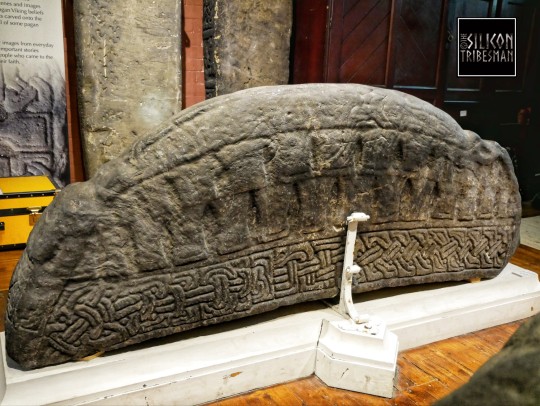





Govan Old Stones Collection, Viking 'Hogback' Stones, Govan Old Parish Church, Glasgow, Scotland
#viking#viking culture#viking art#viking life#norse#hogback stones#hogbacks#stonework#relic#knotwork#ancient living#ancient craft#ancient cultures#archaeology#Scotland#gravestones#marker#symbols#designwork#Glasgow
186 notes
·
View notes
Text
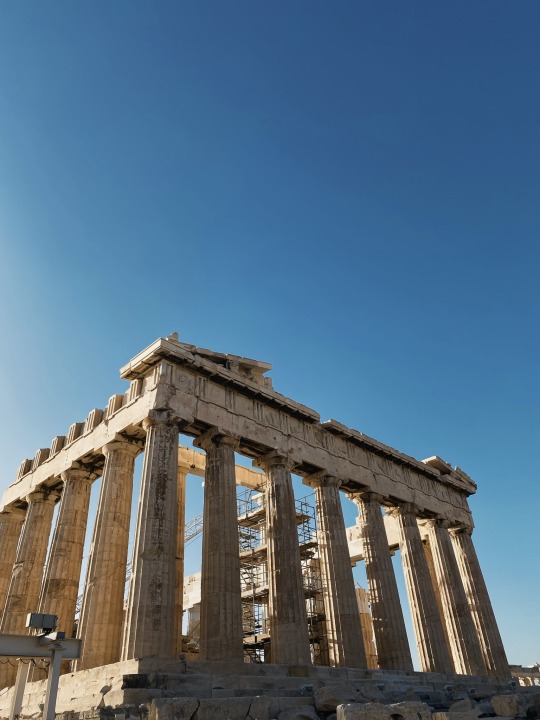
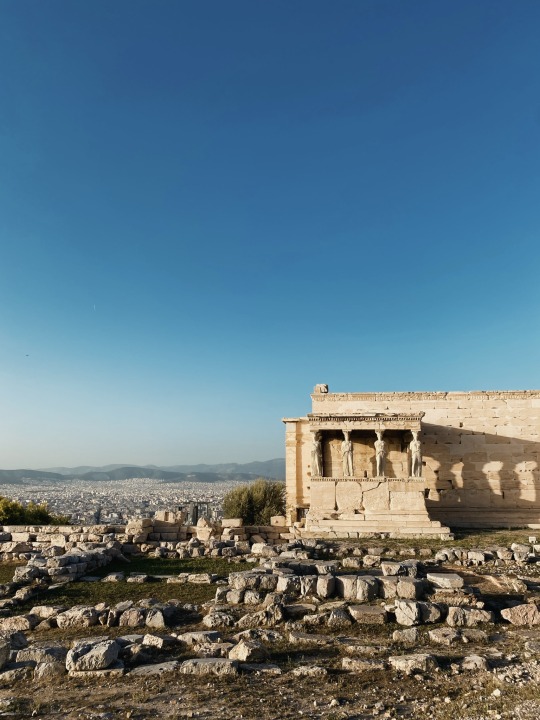
Had a workshop in Athens with my lab and got to visit the Akropolis on our last day
#ancient culture#ancient greece#ancient history#archaeology#studyblr#phd diaries#phd life#phdblr#phd#phd student#phd journey#study motivation#dark academia#dark academia aesthetic#academia
200 notes
·
View notes
Link
By examining skeletal remains, anthropologist Meggan Bullock and colleagues found that in the city of Cholula, Mexico, between 900 and 1531, most people who made it to adulthood lived past the age of 50.
And of course there are many examples from historical records of people who lived very long lives in the past. For example, the sixth-century Roman Emperor Justinian I reportedly died at the age of 83.
Analysis of the tooth development of an ancient anatomically modern Homo sapiens individual from Morocco suggests that our species has experienced long life spans for at least the past 160,000 years.
[...]
Knowing that people often did have long lives in the past might help you feel more connected with the past. For example, you can imagine multigenerational households and gatherings, with grandparents in Neolithic China or Medieval England bouncing their grandchildren on their knees and telling them stories about their own childhoods decades before. You might have more in common with people who lived long ago than you had realized.
715 notes
·
View notes
Text
I need a Lovecraftian-style story in which an explorer finds an ancient inscription on a stone monolith, written in a forgotten language, in the antediluvian ruins of a lost city of which only legends formerly spoke.
And then someone translates it, and it turns out to be some king’s plans for an irrigation system.
#if fiction worked like real life#archaeology#epigraphy#lovecraftian#lovecraftian horror#eldritch horror#ancient languages#lost city#dead languages#lovecraft#h.p. lovecraft
80 notes
·
View notes
Text
Side effect of archaeology that i didnt realise WAS a side effect of archaeology #1482
turns out i cant stop staring at the ground when walking across a paddock and could be staring at the sunset instead
(and no, i dont mean ‘dont trip and fall’ occasionally keeping an eye on your feet, i mean like gave myself a crick in my neck automatically scanning for artefacts level staring at the ground)
#were my friends laughing at me#yes#but such is life#archaeology#archaeologist problems#theres a mouse loose in a hospital
967 notes
·
View notes
Text
Murphys law states that you, A Woman, can sit for HOURS in the field, alone without a soul passing by, desperately trying to hold ur pee because there's isn't a convenient ans discreet place to squat and unleash the rivers, and the moment u decide enough is enough and pull ur pants down Some Guy will just Appear. Sorry to the cyclist I flashed my entire vag to but it's your fault.
52 notes
·
View notes
Text
Dorestad Fibula

The Dorestad Fibula (brooch) was found in the Dutch village Wijk bij Duurstede, the successor of the Early Medieval Emporium Dorestad.
Dated between 775-800, this brooch is classified as Frisian. Decorated with gold, garnets from East Asia, pearls, enamel and glass, this brooch belonged to an exceptionally rich merchant.
The brooch depicts the tree of life with leafs and fruits. The green inlay portray stylized bird heads.
RMO Leiden, Netherlands
Object nr. F1978/1.1,
Found in Wijk bij Duurstede-Utrecht, Netherlands.
#archaeology#museum#field archaeologist#field archaeology#Dorestad#emporium#emporia#Netherlands#Dutch#Germanic#Viking#Frisian#Frisia#Merovingian#Frankish#charlemagne#Merovingian archaeology#Viking archaeology#Viking mythology#tree of life
209 notes
·
View notes
Text
If they'd only started the article with a quote from Raiders and not Last Crusade... 😅
#Indiana Jones#*field notes* (ooc)#archaeology life#Yes it's last year but it's still applicable#the grail diary (source material)
2 notes
·
View notes
Text
As a classical philologist, I study alongside the classical archaeologists because we’ll have to work so closely together in the field later, but they are just doing the wildest shit. We’re just sitting there with our scrolls and our 86 encyclopaedias out on the table and they’re in a pit, licking a 2000 year old fragment and going “yup, definitely bone!”
#do NOT get them started on Corinthian columns#dark academia#light academia#literature#chaotic academia#dark acadamia aesthetic#books#aesthetic#books and libraries#poetry#art#university life#uni#classical philology#philologist#philology#classical archaeology#archeology
79 notes
·
View notes
Text
SOME LAST MINUTE VALENTINES FOR THE ONE YOU’D LEND YOUR TROWEL TO ♥️
Archaeology Valentines Extravaganza part 4






#ARCHAEOLOGY VALENTINES EXTRAVAGANZA#archaeology#valentines day#archaeology valentines#humor#my memes#life as a field archaeologist
2K notes
·
View notes
Text

Roman Over Life-Size Statue of Antinous, Companion of Emperor Hadrian, as a Hunter
130-138 AD
Nude but for the paludamentun (cloak) over his left shoulder and arm, clasped on his right shoulder. He has the characteristic muscular development of Antinous, his boyish face, and mass of curls bound with a diadem.
Limestone.
H. 152 x w. 51 x d. 31.5 cm.
Antinous, also called Antinoös, (c. 111 – c. 130) was a Greek youth from Bithynia and a favourite and lover of the Roman emperor Hadrian. Following his premature death before his twentieth birthday, Antinous was deified on Hadrian's orders, being worshipped in both the Greek East and Latin West, sometimes as a god (θεός, theós) and sometimes merely as a hero (ἥρως, hḗrōs).
Little is known of Antinous's life, although it is known that he was born in Claudiopolis (present day Bolu, Turkey), in the Roman province of Bithynia et Pontus. He was probably introduced to Hadrian in 123, before being taken to Italy for a higher education. He had become the favourite of Hadrian by 128, when he was taken on a tour of the Roman Empire as part of Hadrian's personal retinue. Antinous accompanied Hadrian during his attendance of the annual Eleusinian Mysteries in Athens, and was with him when he killed the Marousian lion in Libya, an event highly publicised by the Emperor. In October 130, as they were part of a flotilla going along the Nile, Antinous died amid mysterious circumstances. Various suggestions have been put forward for how he died, ranging from an accidental drowning to an intentional human sacrifice or suicide.
Following his death, Hadrian deified Antinous and founded an organised cult devoted to his worship that spread throughout the Empire. Hadrian founded the city of Antinoöpolis close to Antinous's place of death, which became a cultic centre for the worship of Osiris-Antinous. Hadrian also founded games in commemoration of Antinous to take place in both Antinoöpolis and Athens, with Antinous becoming a symbol of Hadrian's dreams of pan-Hellenism. The worship of Antinous proved to be one of the most enduring and popular of cults of deified humans in the Roman empire, and events continued to be founded in his honour long after Hadrian's death.
#Emperor Hadriian#Roman Over Life-Size Statue of Antinous#limestone#limestone statue#ancient artifacts#archaeology#archeolgst#history#history news#ancient history#ancient culture#ancient civilizations#ancient rome#roman history#roman empire#roman art
95 notes
·
View notes
Text
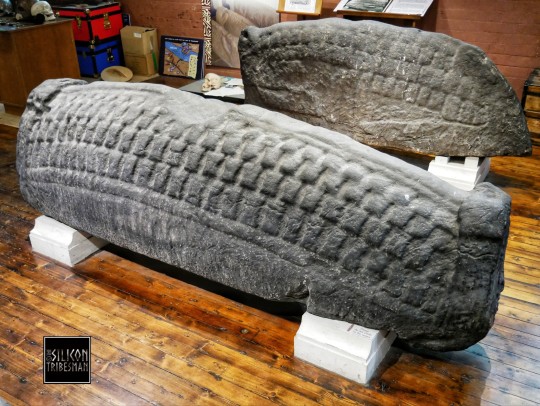
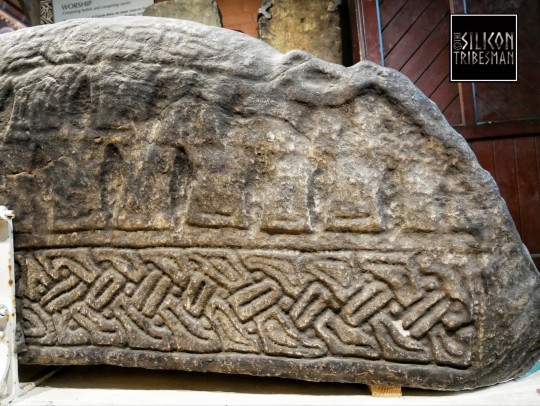

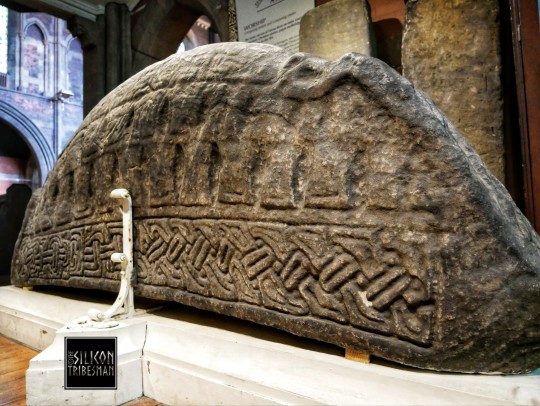



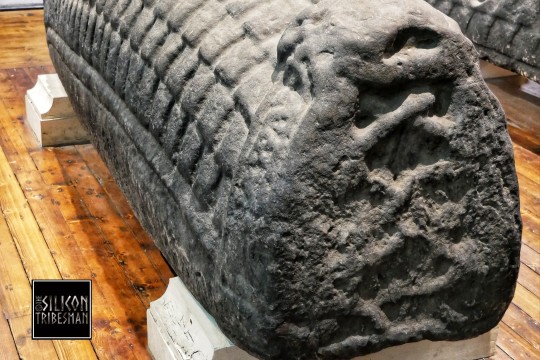

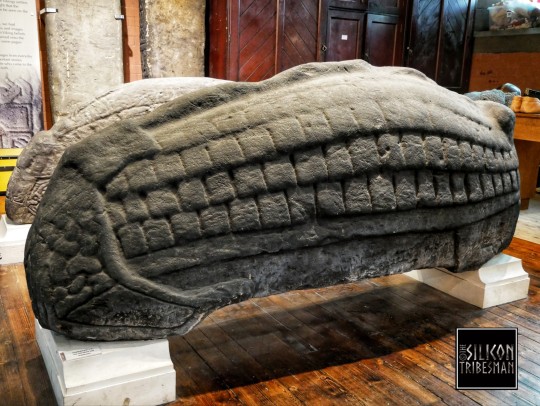
Govan Old Stones Collection, Viking 'Hogback' Stones, Govan Old Parish Church, Glasgow, Scotland
#viking#vikings#viking culture#archaeology#viking art#viking life#norse#norse mythology#norse gods#norse paganism#norse cultures#ancient living#ancient stone#Glasgow#Scotland
86 notes
·
View notes
Text

six millennia in love
#art#artists on tumblr#illustration#tattoo design#tattoo#drawing#love#romance#romantic#valdaro lovers#lovers of valdaro#skeleton#life#death#artist#trans artist#clip studio paint#digital art#neolithic#archaeology#'hopeless romantic'? um no i prefer 'hopeful romantic'
169 notes
·
View notes
Text
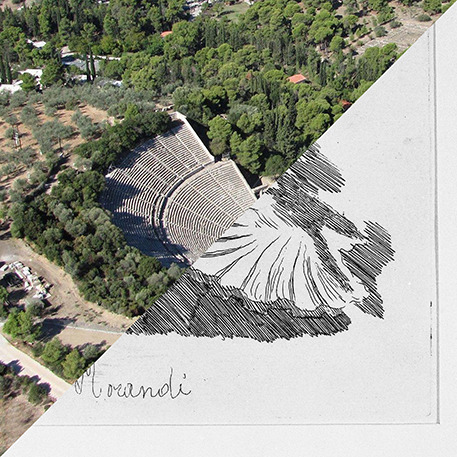
Ancient Theatre, Epidaurus, Greece, 4th century BC
VS
Giorgio Morandi, Shell and other objects, 1948
#giorgio morandi#italian art#modern art#Etchings#etching#still life#epidaurus#greece#ancient greece#archaeology#greek archaeology#pausanias#Peloponnese#Argolis#asclepius#unesco#world heritage site#landscape architecture#world heritage#architeture#polykleitos the younger
36 notes
·
View notes